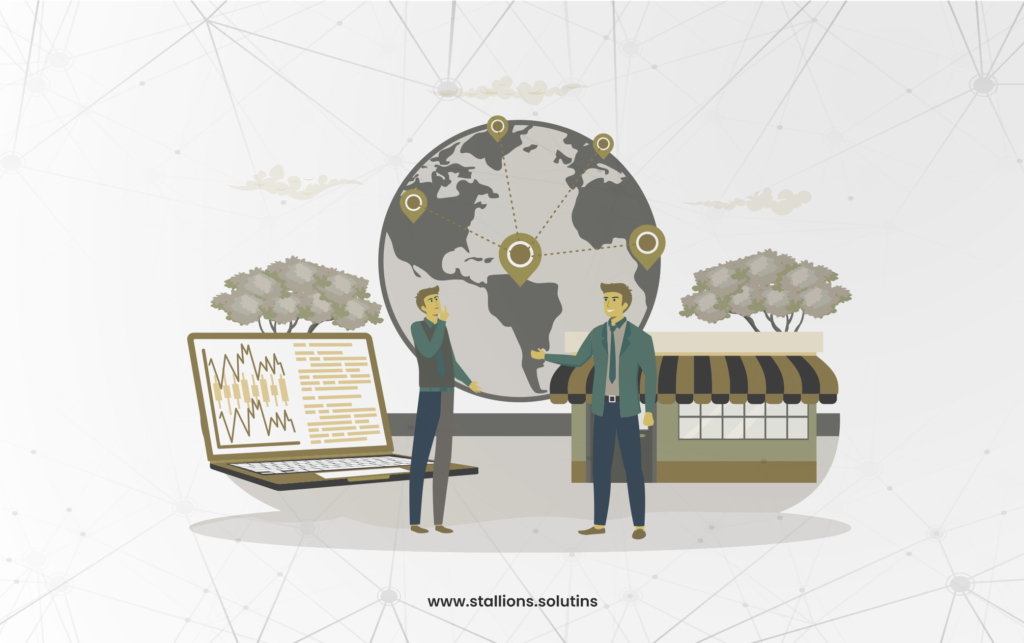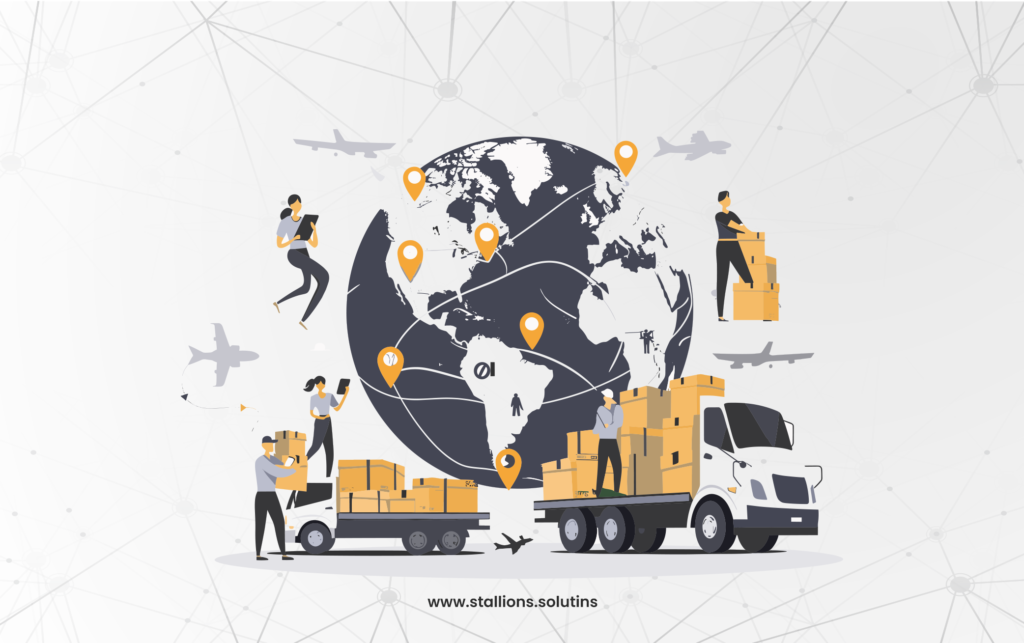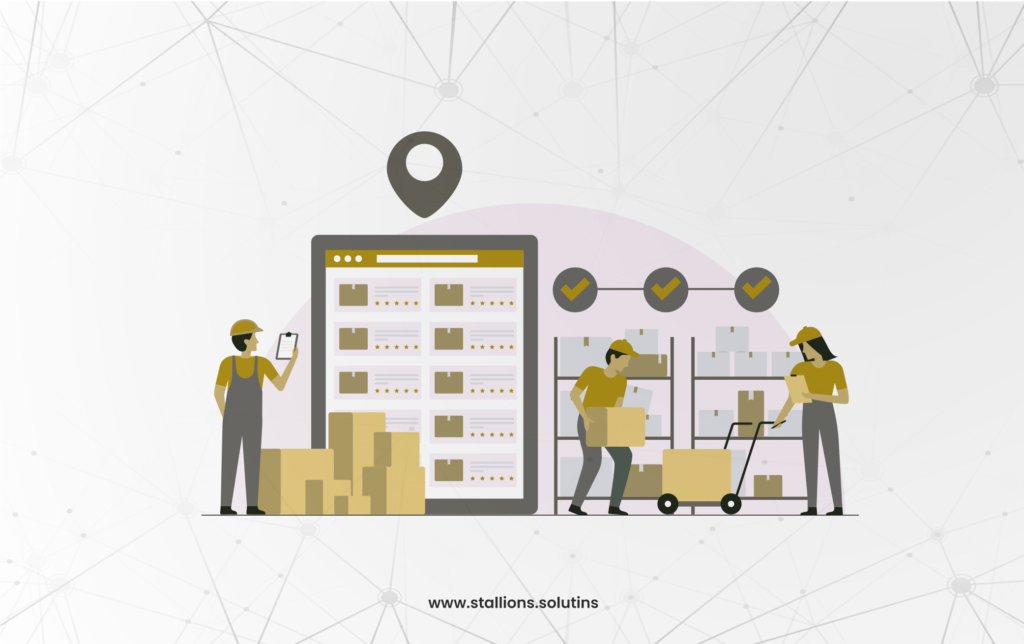Microsoft is known for its innovative products and its incredibly advanced supply chain, which plays a crucial role in delivering these products to customers around the world. This blog will give you a clear and detailed understanding of how Microsoft runs its supply chain, highlighting the technical elements that make it both efficient and resilient.
Microsoft’s Supply Chain
Microsoft’s supply chain is a complex network that ensures the seamless delivery of hardware and software products to customers worldwide. From sourcing raw materials to delivering the final product, every step is meticulously planned and executed. This blog will delve into the key components and technologies that underpin Microsoft’s supply chain.
Key Components of Microsoft’s Supply Chain
Sourcing and Procurement

Supply Chain Management Aspect: Effective sourcing and procurement are critical for maintaining a reliable supply chain. Microsoft sources raw materials and components from a global network of suppliers, ensuring a steady flow of inputs.
Details: This includes everything from rare earth metals for hardware to software licenses. The company employs advanced analytics to assess supplier performance, ensuring quality and reliability.
Manufacturing and Assembly

Supply Chain Management Aspect: Efficient manufacturing and assembly processes are essential for meeting production targets and maintaining product quality.
Details: Microsoft partners with various manufacturers to produce its hardware products, such as Surface devices and Xbox consoles. The assembly process is highly automated, utilising robotics and AI to enhance precision and efficiency.
Logistics and Distribution

Supply Chain Management Aspect: Effective logistics and distribution strategies are crucial for timely delivery and customer satisfaction.
Details: Microsoft’s logistics network spans the globe, with strategically located distribution centres to minimise delivery times. The company uses advanced tracking systems to monitor shipments in real-time, ensuring timely delivery.
Inventory Management
Supply Chain Management Aspect: Proper inventory management helps in balancing supply and demand, reducing costs, and avoiding stockouts or overstock situations.
Details: Microsoft employs sophisticated inventory management systems to maintain optimal stock levels. These systems use predictive analytics to forecast demand and adjust inventory accordingly.
Sustainability Initiatives
Supply Chain Management Aspect: Incorporating sustainability into supply chain practices helps in reducing environmental impact and promoting corporate social responsibility.
Details: Microsoft is committed to sustainability, incorporating eco-friendly practices throughout its supply chain. This includes reducing carbon emissions, minimising waste, and promoting the use of renewable energy.
Technologies Driving Microsoft’s Supply Chain
Artificial Intelligence (AI) and Machine Learning (ML)
Supply Chain Management Aspect: AI and ML enhance decision-making, improve forecasting accuracy, and optimise supply chain processes.
Details: AI and ML are integral to Microsoft’s supply chain, enabling predictive analytics, demand forecasting, and process optimisation. These technologies help in identifying potential disruptions and mitigating risks proactively.
Internet of Things (IoT)
Supply Chain Management Aspect: IoT devices provide real-time data, improving visibility and control over the supply chain.
Details: IoT devices are used to monitor and manage various aspects of the supply chain, from tracking shipments to monitoring equipment health. This real-time data collection enhances visibility and control over the supply chain.
Blockchain

Supply Chain Management Aspect: Blockchain ensures transparency and traceability, reducing fraud and improving trust within the supply chain.
Details: Microsoft leverages blockchain technology to ensure transparency and traceability in its supply chain. This helps in verifying the authenticity of products and preventing counterfeiting.
Cloud Computing

Supply Chain Management Aspect: Cloud computing facilitates data integration, collaboration, and scalability, making supply chain operations more efficient.
Details: Microsoft’s Azure cloud platform plays a crucial role in its supply chain operations. Cloud computing enables seamless data integration, collaboration, and scalability across the supply chain network.
Challenges and Future Directions
Despite its robust supply chain, Microsoft faces challenges such as geopolitical tensions, supply chain disruptions, and evolving customer demands. To address these, the company is continuously innovating and investing in new technologies.
Looking ahead, Microsoft aims to further enhance its supply chain by integrating more advanced AI capabilities, expanding its use of IoT, and strengthening its sustainability initiatives. The goal is to create a more resilient, efficient, and eco-friendly supply chain that can adapt to the ever-changing global landscape.
Conclusion
Microsoft’s supply chain is a testament to the power of technology and innovation. By leveraging advanced technologies and maintaining a commitment to sustainability, Microsoft ensures that its products reach customers efficiently and responsibly. As the company continues to evolve, its supply chain will undoubtedly play a pivotal role in its success.



